HUNDREDS of British troops could be deployed to the Falklands in a matter of “hours” if Argentina threatened to attack the islands, according to a former UK defence secretary.
 Academics say the country lacks the military muscle to pose a serious threat to the islands
Academics say the country lacks the military muscle to pose a serious threat to the islands
Sir Malcolm Rifkind, who served as Defence Secretary and Foreign Secretary during the 1990s, gave an analysis of Argentina’s pitiful military prowess as he said the Falklands were better defended now than at any point since the Falklands War, which ended more than three decades ago.
He insisted islanders had little to fear from a belligerent Buenos Aires administration because Argentina’s military capability was now a “shadow of what it was in the 1980s”.
He told Express.co.uk: “The Falklands today are hugely easier to protect. Argentina from a military point of view is far weaker and at any time of increased tensions the Falklands can be reinforced in hours not in weeks by air delivery of troops and equipment and anything else that might be required.”
Analysts estimate up to 1,000 British troops could be sent to the remote South Atlantic islands within days using an “air-bridge” with Ascension Island, where the RAF has a base, which allows planes to refuel mid-way through the 20-hour flight.
Key to defending the Falklands is RAF Mount Pleasant, which was expanded during the 1980s following the conflict with Argentina.
The longer runway enabled larger jets to make the transatlantic journey, meaning more troops could be deployed at shorter notice.
The strenghened air deterrent on the islands also relieved pressure on rotating Royal Navy aircraft carriers stationed nearby in the aftermath of the 1982 conflict.
Last December’s election of Mauricio Macri heralded a thaw in relations between the UK and Argentina after years of threats and aggressive rhetoric by Cristina Fernandez de Kirchner.
But Buenos Aires has been celebrating a recent UN commission decision to expand Argentine maritime territory by a third, to include waters surrounding the Falkland Islands.
Experts believe the UK has little to fear from the current administration or Argetina’s severely diminished armed forces.
 Sir Malcolm Rifkind served as Defence Secretary and Foreign Secretary during the 1990s
Sir Malcolm Rifkind served as Defence Secretary and Foreign Secretary during the 1990s RAF Mount Pleasant, which was expanded during the 1980s following the conflict with Argentina
RAF Mount Pleasant, which was expanded during the 1980s following the conflict with Argentina
Leading academics on Argentine affairs agree the country lacks the military muscle to pose a serious threat to the islands today.
One regional expert, speaking to Express.co.uk, dismissed Argentine claims of sovereignty over the South Atlantic islands as “bluster” that would “never be followed up by any military action”.
Mark Jones, a political scientist at the US-based Baker Institute, said Argentina’s navy consisted of between 10 and 15 seaworthy ships, which were often deployed on exercise for just two weeks a year.
 Port Stanley on the Falkland Islands
Port Stanley on the Falkland Islands Last December’s election of Mauricio Macri heralded a thaw in relations between the UK and Argentina
Last December’s election of Mauricio Macri heralded a thaw in relations between the UK and Argentina
He recalled instances where local fishing firms had donated money to the coastguard so that they could buy fuel to go out on patrol, while the air force’s ageing fleet of Soviet-era Mirage jets were only able to fly during daylight hours and in good weather as their radar systems were now defunct.
And he said many of its land vehicles were so dilapidated that they had to be towed onto the battlefield during military drills.
Professor Klaus Dodds, a geopolitical security expert on the South Atlantic, agreed that Argentina currently posed no military threat.
But the Royal Holloway academic added there were signs that Buenos Aires planned to modernise Argentine forces.
He told Express.co.uk: “They are trying to chip away at the Falklands.
“They know the military route is out of the question, but they hope there will come a time when the British government and British public support turns and says we no longer want to spend millions of pounds keeping up our military air base.
“They are in it for the long game.”
Instead, Argentine authorities were attempting to harm trade on the islands by making “deliberate attempts to make life difficult for the Falklands in commercial terms”, threatening legal action against firms that do business with the islands.
Tourist vessels have also been harassed and attempts at developing the island’s vital fishing industry, which is largely dependant on the migratory patterns of squid and contributes as much as 60 per cent of GDP, were being hampered.
Despite instability in the Middle East, defence of the Falklands remained priority number “two or three” for the MoD, Prof Dodds added.
He said: “There are around 1,000 British personnel on the airbase at any one time and usually four Typhoon jets.
“If the men were ready to go, within a couple of days you could boost that presence with a thousand troops down there.”
Tory MP Andrew Rosindell, who has long campaigned on the importance of protecting the remote British overseas territory, told Express.co.uk: “Given recent rhetoric from Argentina, it is vital that we maintain a round-the-clock defence to ensure the protection of the Falkland Islanders.”
Original post express.co.uk
****-END-****
See related post:
Falklands ‘left with no Royal Navy protection’



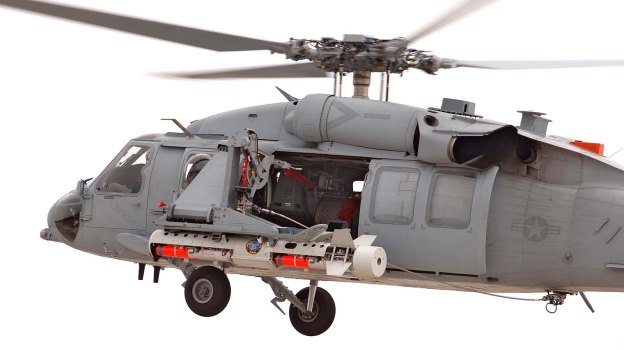
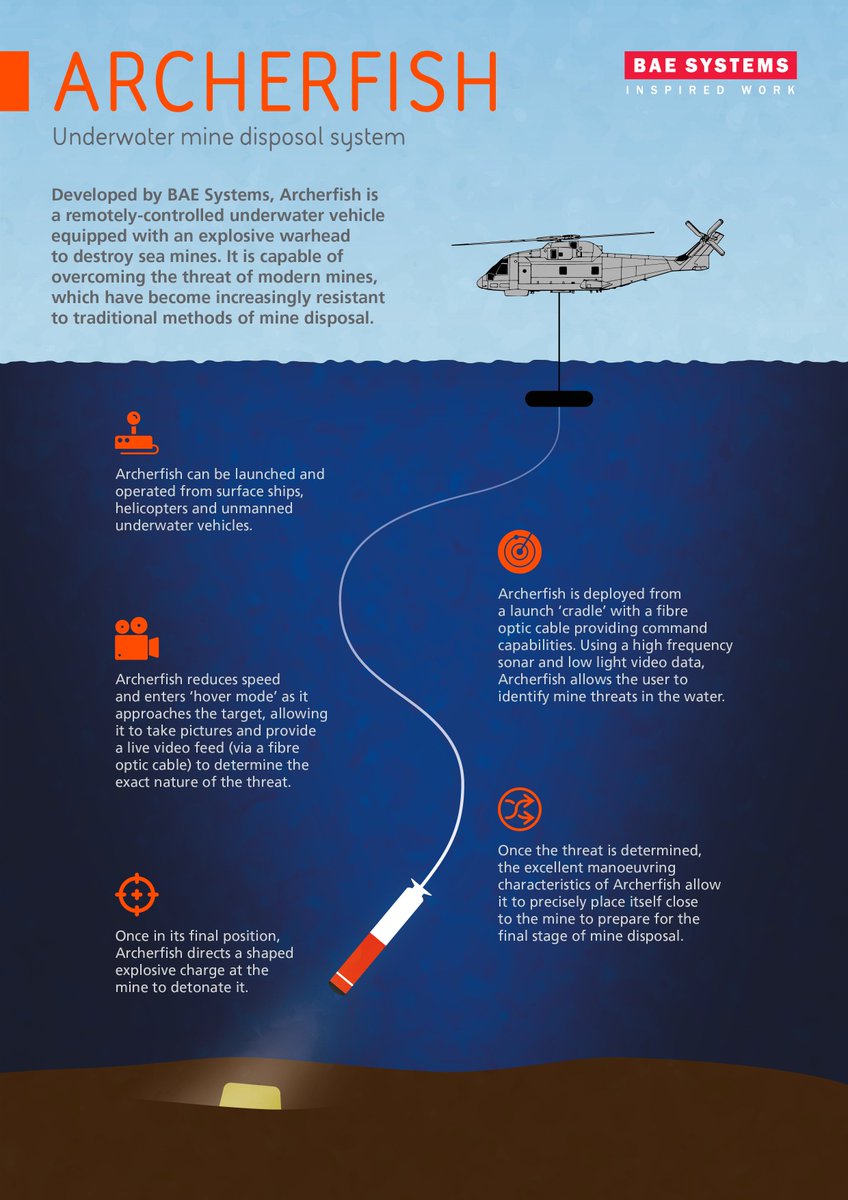


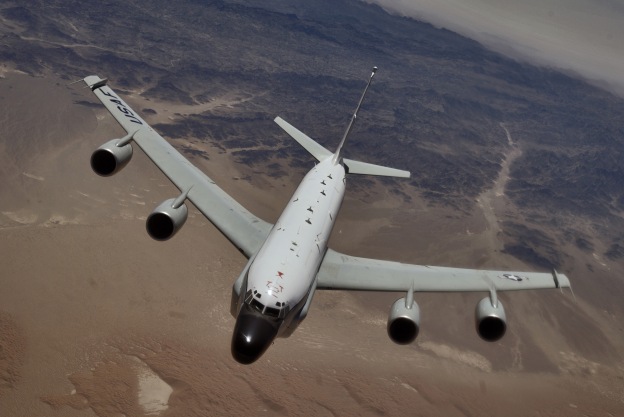



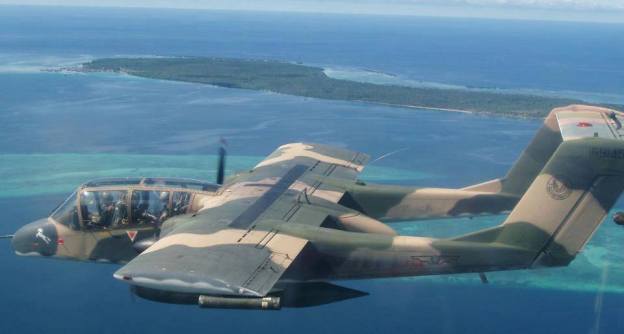





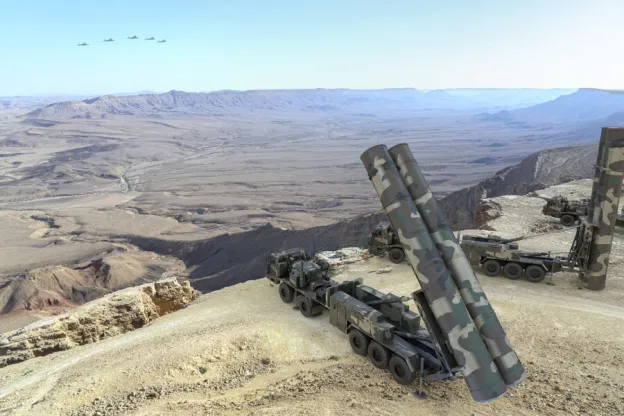
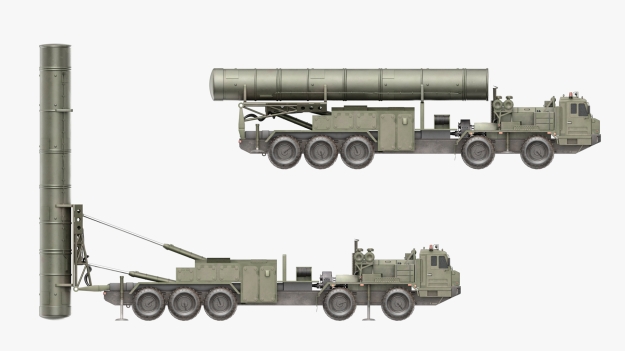
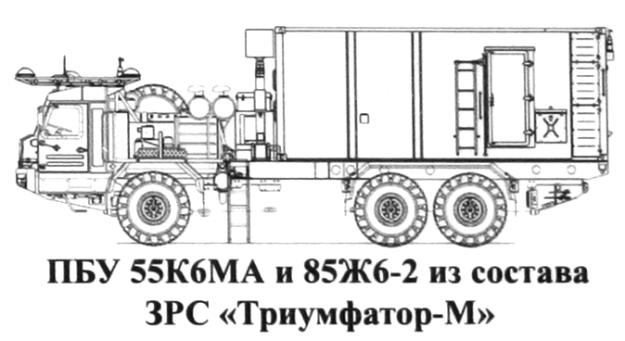



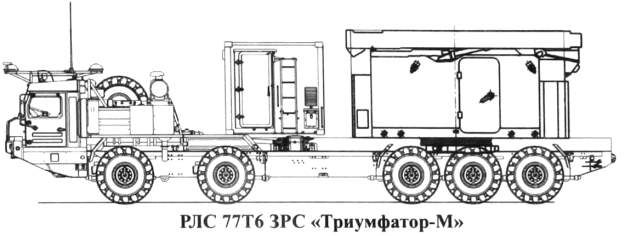






 77N6-N & 77N6-N1 Missiles at an Integration Rig @indiandefensenews.in
77N6-N & 77N6-N1 Missiles at an Integration Rig @indiandefensenews.in

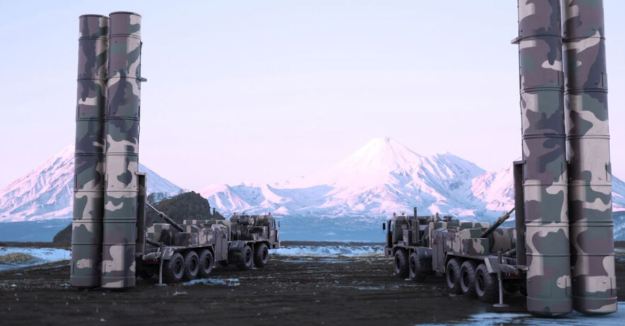

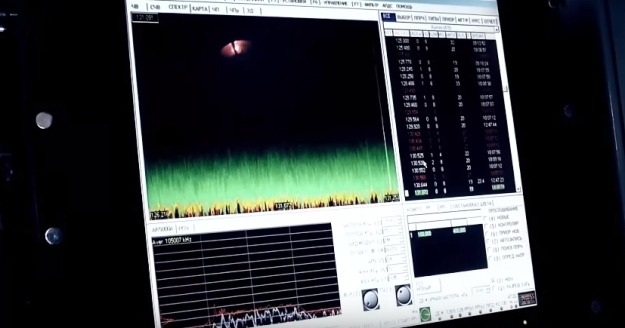 LEINI-TV
LEINI-TV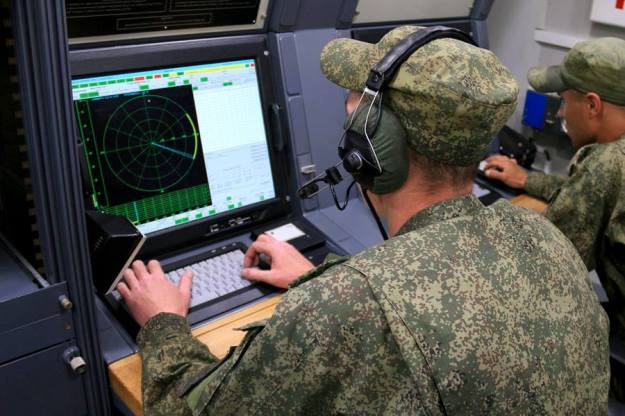

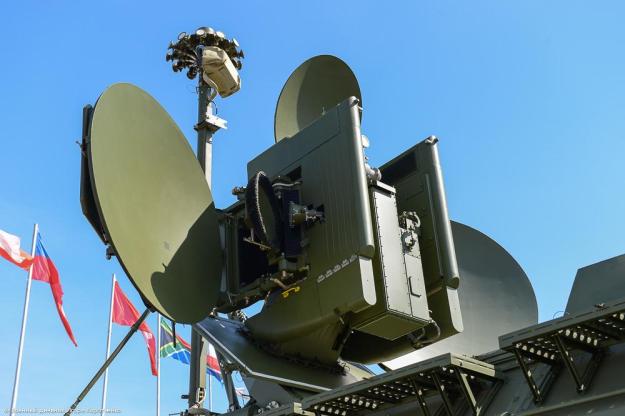
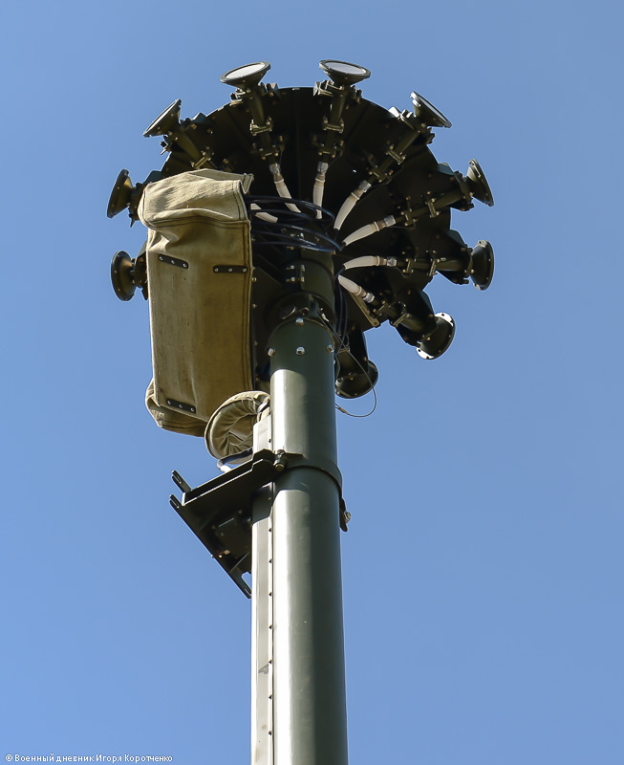

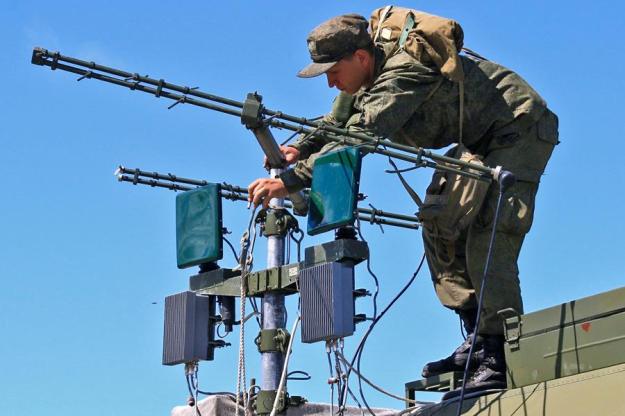
 LEINI-TV
LEINI-TV

 Lockheed Martin
Lockheed Martin aeroprecision.com
aeroprecision.com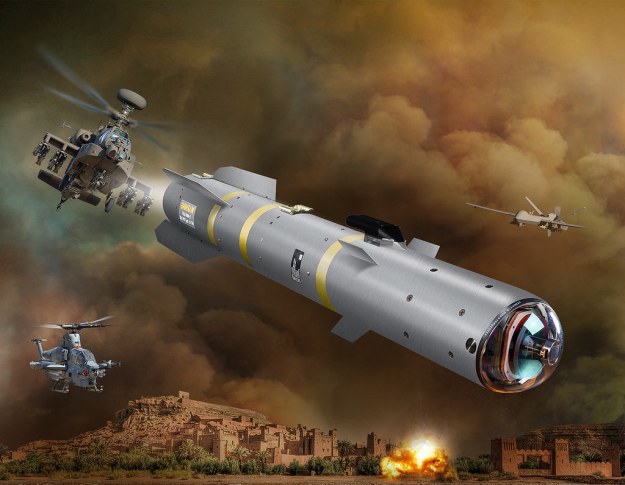
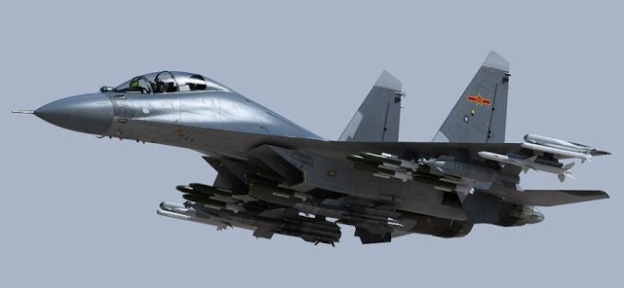

 A Kh-59MK2 test round is launched from a Su-30MK Flanker G. KnAAPO picture.
A Kh-59MK2 test round is launched from a Su-30MK Flanker G. KnAAPO picture.
 Chinese Su-30MK2 (Flanker-G) multirole fighters
Chinese Su-30MK2 (Flanker-G) multirole fighters 




